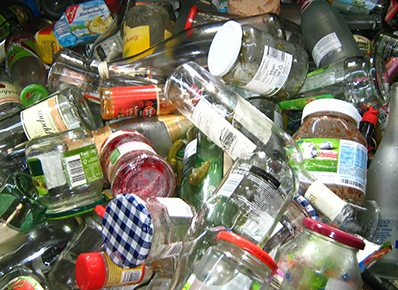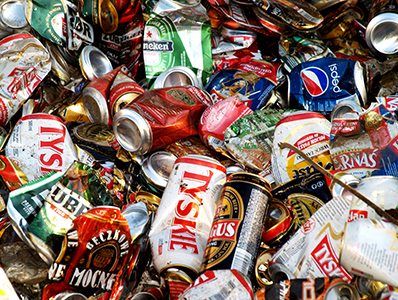SERVICES
WASTE MANAGEMENT
STRATEGY & DESIGN
We make waste work

SERVICES
WASTE MANAGEMENT
STRATEGY & DESIGN
We make waste work

SUSTAINABILITY TARGETS
Projects seeking accreditation under BREAAM, LEED or GSAS will all need to meet certain targets for aspects such as segregation, recycling or composting depending on the assessment criteria. Alternatively, there may a number of local authority requirements under city codes (such as under Dubai’s Green Building Code). The waste areas must be planned in full compliance of these requirements.

REDUCING WASTE TO LANDFILL
As landfills run out and become more expensive, or countries set more aggressive targets for limiting waste to landfill, there is an ever greater imperative to reduce the non-recyclable waste.

CALCULATING THE VOLUMES
The collection, segregation and removal of waste can be space intensive and requires certain clearances for vehicles, skip compactors, bins, etc. The first step is to estimate the volumes of waste by the different streams, from which the holding capacity and options can be assessed. This will determine space planning at the early stage of a project.

AUTOMATED WASTE TRANSFER SYSTEMS
Automated waste transfer systems using a vacuum in a pipe network may be appropriate for large scale projects and offer benefits such as reduced long-term operating costs, discreet and secure waste transfer. However, the architectural implications will be significant. When considered, it needs to be evaluated at an early stage in project planning.

INCOME FROM RECYCLING
Waste removal need not be just a cost. Segregated recyclables have a market value. If potential earnings are to be realised, the waste strategy must plan for their collation and the right treatment.